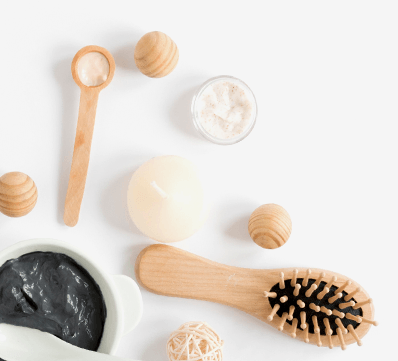
Thai massage, also known as Thai yoga massage, is a traditional healing system combining acupressure, Indian Ayurvedic principles, and assisted yoga postures. It aims to balance the body's energy pathways, enhance flexibility, and promote relaxation. This massage is performed on a mat on the floor, and the recipient wears loose, comfortable clothing.
Procedure
-
Consultation:
- Discuss your health history, areas of tension, and goals for the massage with the therapist.
-
Preparation:
- Wear loose, comfortable clothing. No oils or lotions are used in Thai massage.
-
Initial Relaxation:
- The session begins with the recipient lying on the mat, usually starting in a supine (face-up) position.
-
Acupressure and Stretching:
- The therapist applies rhythmic pressure using their hands, thumbs, elbows, knees, and feet along the body's energy lines (Sen lines).
- Assisted stretching and yoga-like postures are integrated to enhance flexibility and relieve muscle tension.
-
Sequential Flow:
- The therapist moves the recipient through various positions, including supine, prone (face-down), side-lying, and seated, ensuring a comprehensive treatment.
-
Joint Mobilization:
- Gentle joint mobilizations and range-of-motion exercises are performed to improve joint flexibility and reduce stiffness.
-
Rhythmic Rocking:
- The therapist may use rhythmic rocking movements to induce deep relaxation and enhance the therapeutic effect.
-
Final Relaxation:
- The session concludes with gentle stretches and a period of quiet relaxation, allowing the body to absorb the benefits of the massage.
-
Post-Massage Advice:
- After the massage, the therapist may provide tips for self-care, such as hydration, gentle stretching, and rest.
© 2025 Garnet Royal Spa . All Rights Reserved.


